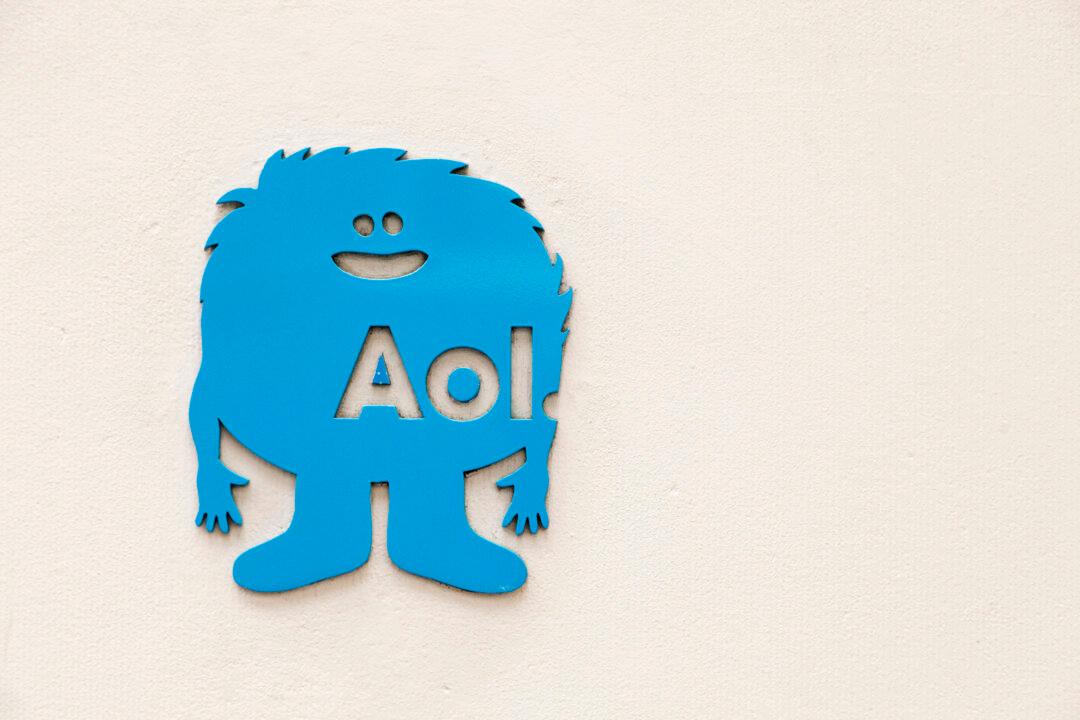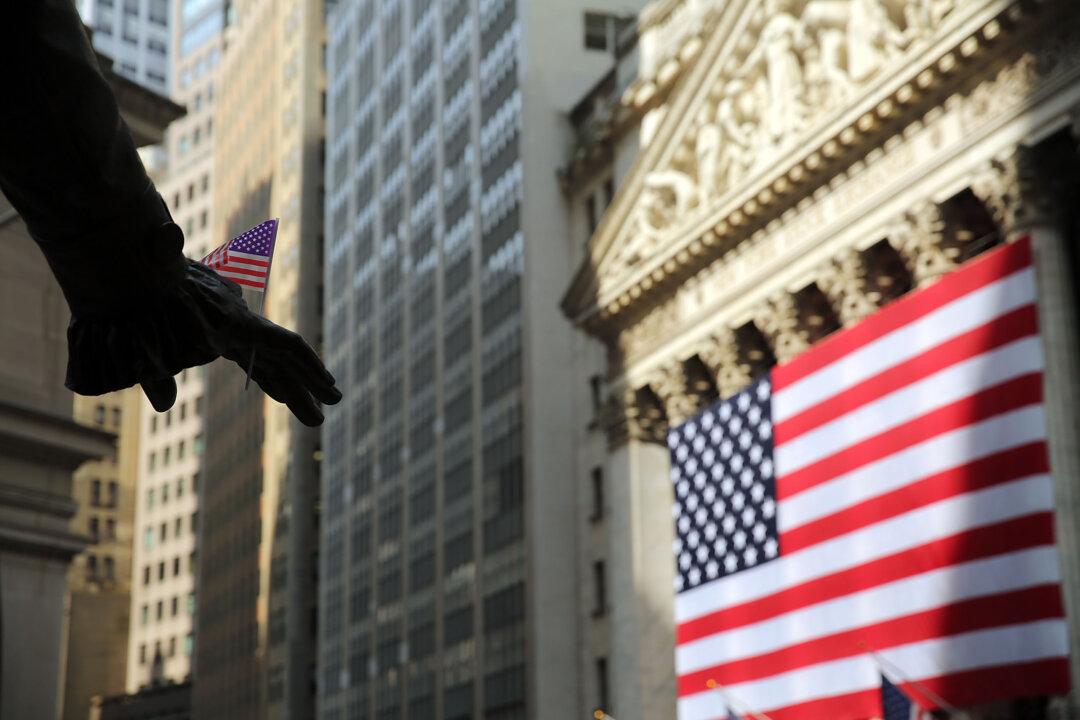The media conglomerate AOL has found a powerful parent in telecom giant Verizon, the companies announced Tuesday.
Verizon’s offer to purchase AOL for $4.4 billion in cash accelerates the mobile and desktop service provider’s push into one of the most lucrative and fast-growing industries in the space today: mobile video ads.
Under the leadership of former Google executive Tim Armstrong, AOL has quietly invested in and expanded its ad platform business, turning the company best known for it legacy dial-up Internet service into a significant player in both original mobile video content and mobile ad delivery.
The mobile and video advertising markets are a giant bright spot for the ad tech space, with revenues for each expected to reach $40 billion over the next four years, according to Armstrong, speaking in a CNBC video on Tuesday.
Naturally, the race to win this new profit stream is well underway—with Facebook and Google today’s leaders to beat. Together, the two giants owned a combined share of over 55 percent of the mobile ad market in 2014, to AOL’s 2.1 percent, according to eMarketer. But that could change.
In an interview with The Wall Street Journal, Armstrong said he believed AOL’s combination with Verizon would allow the new company to compete with Facebook and Google, and play in the mobile media and advertising sectors. Basically, it’s the boost that both companies needed.
User Data
The marriage will combine Verizon’s 1.5 billion mobile and network-connected devices and 5.6 million U.S. household FiOS TV service subscribers with AOL’s 2.1 million Internet customers and content properties, including The Huffington Post and TechCrunch. The ad delivery configurations it brings are vast.


